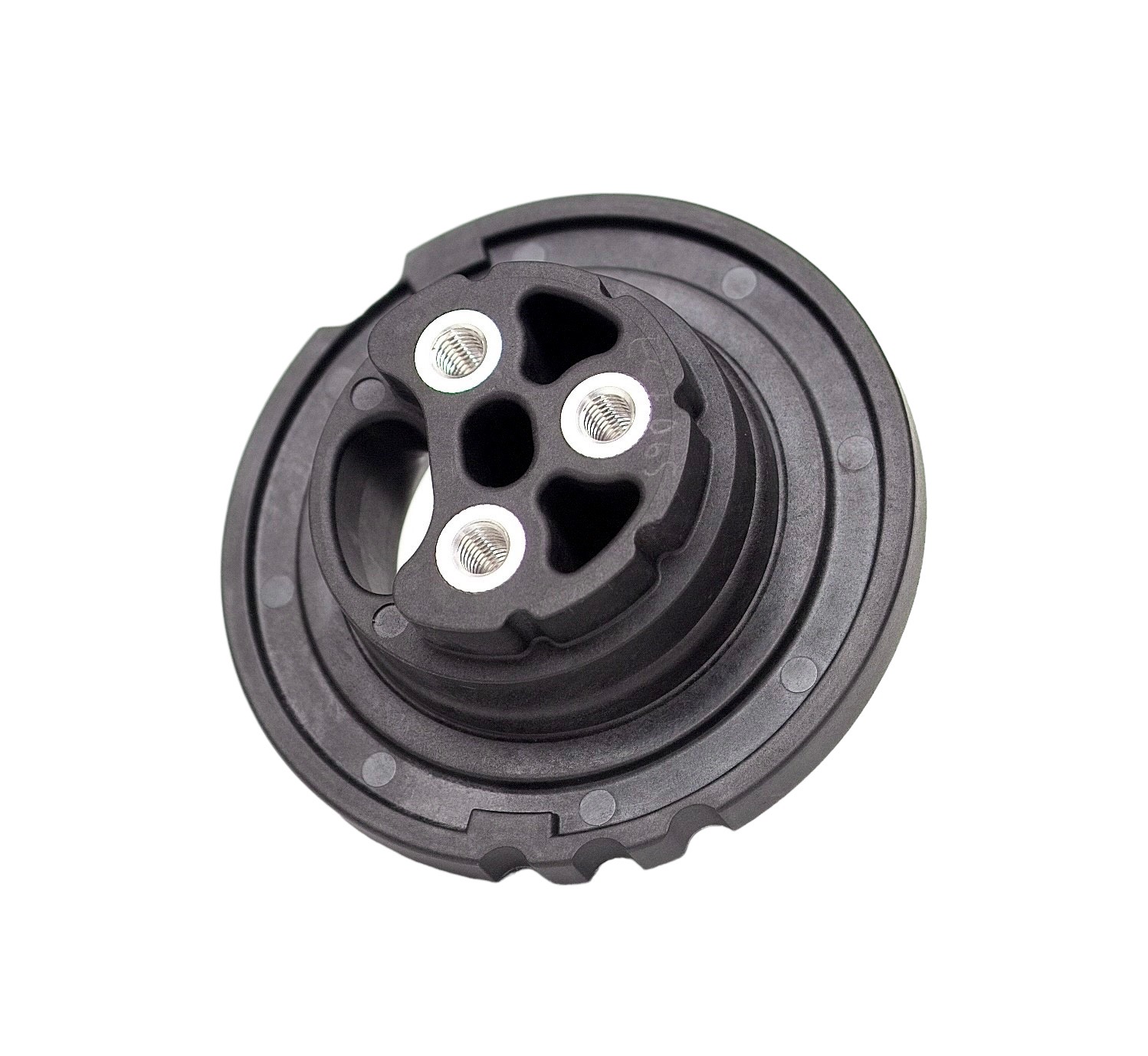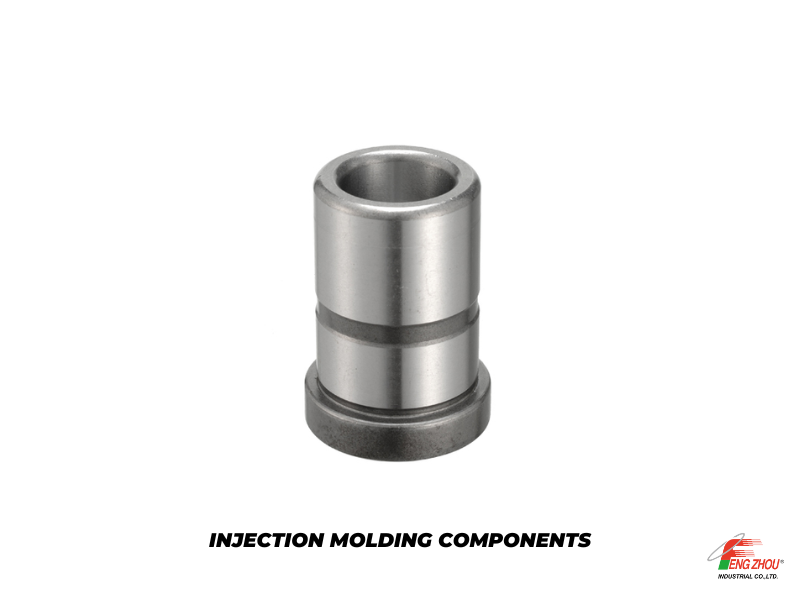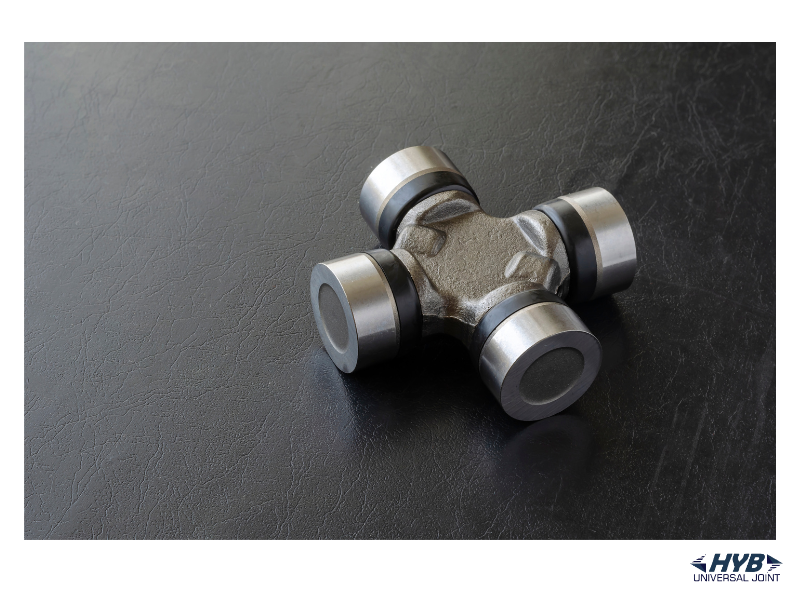Automatic Tool Changer Cambox for Vertical Machining Center
2024-07-03Machinery
Introduction
Vertical machining centers (VMCs) are staples in modern manufacturing facilities due to their ability to perform a variety of drilling, milling, and tapping operations. These machines are particularly valued for their small footprint and versatility, making them ideal for shops with limited space but requiring high precision and efficiency. This article explores the applications of vertical type machines and highlights the importance of key components, particularly focusing on the integration of GIZIN's ATC Cambox, which enhances the functionality and performance of these systems.
Applications of Vertical Type Machines
Vertical machining centers are employed across a diverse range of industries. Some of the primary applications include:
- Aerospace: Manufacturing of parts like flaps, chassis, and other components where precision is paramount.
- Automotive: Production of engine parts, transmission components, and various custom fabrication tasks.
- Medical: Crafting of medical devices, implants, and tools that require stringent standards of accuracy and cleanliness.
- Die and Mold Making: Creating complex molds and stamps that are used in other manufacturing processes.
- General Machining: For small to medium-sized parts, VMCs offer versatility and precision, making them suitable for custom manufacturing in job shops.
Key Components of Vertical Type Machines
Vertical machining centers comprise several critical components that contribute to their efficiency and precision:
- Spindle: The heart of any milling machine, the spindle holds the tool and provides the rotation and torque necessary for cutting operations. It must be robust and precise to handle various materials and cutting conditions.
- Table: The workpiece is attached to the table which moves in the X and Y axes. The table’s stability and accuracy are crucial for the quality of the machining process.
- Tool Magazine: This component stores all the tools needed for operations, allowing for quick changes between tools, thereby minimizing downtime.
- ATC Cambox: A pivotal component in modern VMCs, the ATC Cambox automates the tool changing process, significantly reducing cycle times and enhancing productivity. ATC Camboxes are designed to handle a diverse range of tools with precision, ensuring seamless operation and reliability. Their integration into vertical machining centers is essential for manufacturers aiming to optimize their operations and improve output quality.
- Control System: CNC controllers direct the machine’s movements and operations. The sophistication of the control system determines how complex the tasks the machine can perform.
Importance of GIZIN's ATC Cambox in Vertical Type Machines
The inclusion of GIZIN’s ATC Cambox in vertical machining centers elevates the machine’s capability by ensuring efficient and reliable tool changes. Here’s why it’s critical:
- Reduced Downtime: Quick and precise tool changes keep the machine running at optimal capacity, minimizing idle time.
- Increased Productivity: With faster tool changes, more parts can be produced in less time, directly impacting the bottom line.
- Enhanced Precision: By maintaining alignment and reducing the chance for error during tool changes, the ATC Cambox helps in maintaining the high precision required in critical manufacturing operations.
- Versatility: GIZIN's ATC Cambox supports a wide range of tool sizes and types, making it adaptable to various jobs without the need for manual intervention.
Conclusion
For manufacturers producing or utilizing vertical type machines, integrating advanced components like GIZIN's ATC Cambox is crucial for staying competitive in a fast-paced market. By enhancing efficiency, reducing cycle times, and maintaining precision, GIZIN's ATC Cambox proves to be an indispensable component of vertical machining centers. As manufacturing demands continue to evolve, leveraging these advancements will be key to achieving superior machining performance and productivity.















